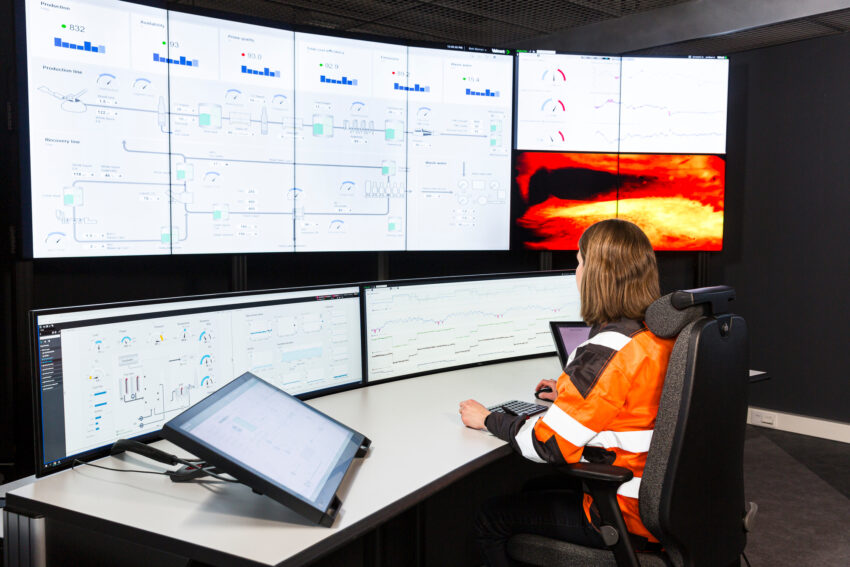Over the last few years, the requirements for a Distributed Control Systems (DCS) have dramatically changed. The primary purpose of a distributed control system is to connect field devices to process controls, but digitalization initiatives have pushed DCS towards higher levels of connectivity and automation. Today, DCS are increasingly web-based systems that must be able to share information securely with back-office IT systems, provide more autonomous operations, and still offer high availability.
Data management and analysis are also critical for processors, and the DCS must be flexible enough to run on servers on-premises, at the edge, or in the cloud. The platform must be scalable and allow for redundancy of data storage.
Recognizing that the iterative process has limits and that the needs of the industry were changing, leading automation provider Valmet decided to rewrite its DNA – the company’s next-generation DCS system originally introduced to the market in 2000. The result is Valmet DNAe, a fully web-based process control system the company says was “completely redesigned from the start.” At the core of the Valmet DNAe Distributed Control System is the Trusted Information Framework (TIF), which serves as the backbone for communication and data management.
Valmet selected new technologies that allow for easy redundancy of the data storage. These utilize clustering, which refers to the use of multiple interconnected servers that work together as a single system to provide higher availability, fault tolerance, and scalability. If one node fails, others can continue functioning without data loss or downtime.
The company specifically adopted storage systems or architectures built around Apache Cassandra, which is a highly scalable, distributed NoSQL database designed for handling large amounts of data across many servers without a single point of failure. The technology is well-suited for applications that require high availability, fault tolerance, and fast write/read capabilities.
Improvements were also made to the Historian, a specialized software program designed to collect, store, and analyze large volumes of data generated by the DCS. The Historian allows users to monitor and analyze industrial processes over time to identify trends and make informed decisions based on historical operational data.
The architecture of Valmet DNAe DCS seamlessly connects the operational technology (OT) and information technology (IT) domains, leveraging the latest technologies for secure data exchange and integration. Its effective data management capabilities give operators real-time insights into plant operations and asset performance management, enabling informed decision-making.
For more information about Valmet’s process automation systems, please visit www.valmet.com/dnae.

